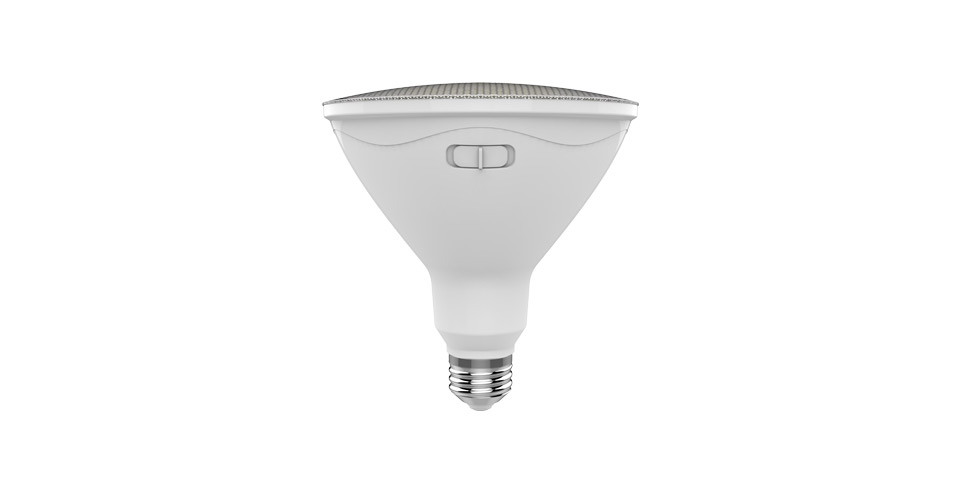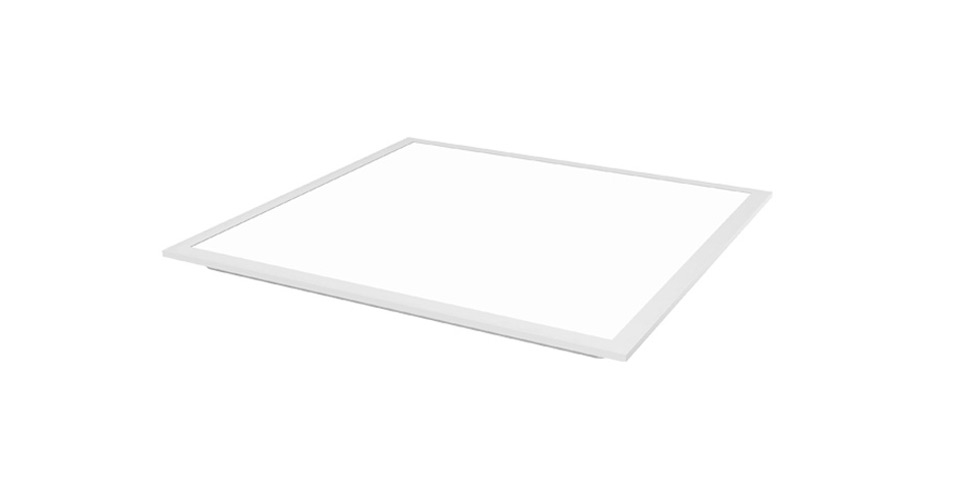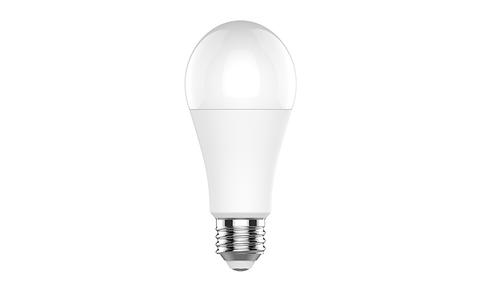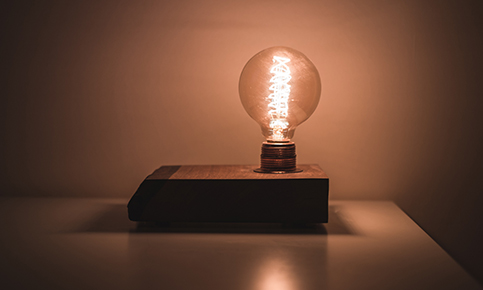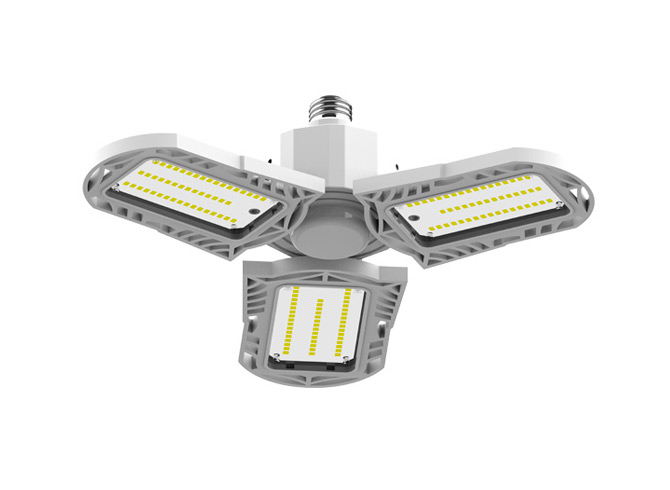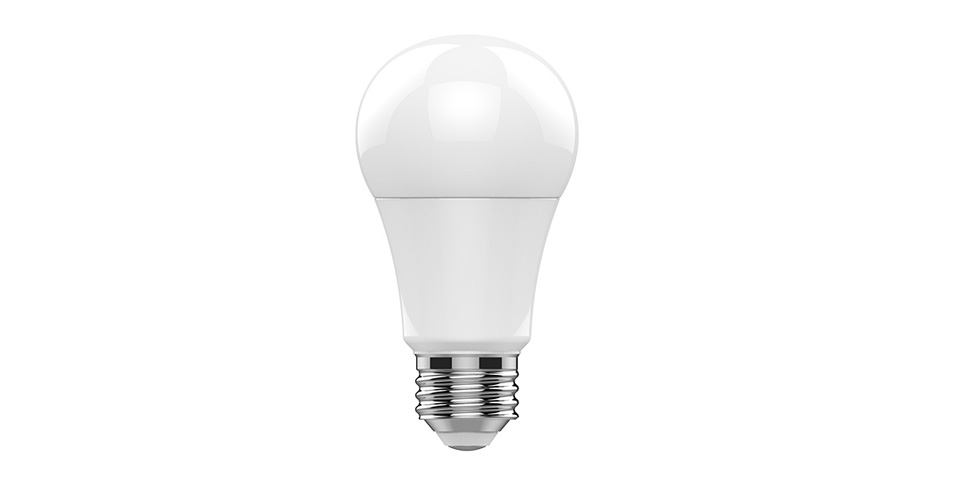
In visible light, the most absorbed by green plants is red-orange light (wavelength 600~700nm) and blue-violet light (wavelength 400~500nm), and only a trace of green light (500~600nm) is absorbed. Red light is the first light quality used in crop cultivation tests, is the necessary light quality for normal crop growth, the number of biological needs topped the various monochromatic light quality, the most important light quality in artificial light sources. The substances produced under red light make plants grow taller, while the substances produced under blue light promote the accumulation of proteins and non-carbohydrates and give plants weight gain. Supplementation with far infrared light reduced the concentration of anthocyanin, carotenoids and chlorophyll by 40%, 11% and 14%, respectively, while increasing plant fresh weight, dry weight, stem length, leaf length and leaf width by 28%, 15%, 14%, 44% and 15%, respectively. Red light regulates photomorphogenesis through photosensitive pigments; red light drives photosynthesis through photosynthetic pigment absorption; red light promotes stem elongation, carbohydrate synthesis, and VC and sugar synthesis in fruits and vegetables; but inhibits nitrogen assimilation. However, it is still a little difficult to cultivate plants well with red light alone.
Blue light is a necessary supplement to red light for crop cultivation, and is a necessary light for normal crop growth, second only to red light in terms of light intensity and biology. Blue light inhibits stem elongation, promotes chlorophyll synthesis, facilitates nitrogen assimilation and protein synthesis, and facilitates the synthesis of antioxidant substances. Blue light affects plant phototropism, photomorphogenesis, stomatal opening, and photosynthesis of leaves. red LED light supplemented with blue LED light increased dry matter quality, fractionation number and seed yield of wheat, and increased dry matter quality of lettuce. Blue light significantly inhibited the growth of loose leaf lettuce stems. The addition of blue light to white light shortened internodes, reduced leaf area, decreased relative growth rate and improved N/C efficiency. Higher plants require blue light for chlorophyll synthesis and chloroplast formation as well as for having a high chlorophyll a/b ratio versus low chloroplasts. Excess blue light is detrimental to plant growth and development. The combined red and blue light spectrum promotes the growth and development of vegetable seedlings better than red or blue monochromatic light, and different plants require different ratios of combined red and blue light.
Green light and red and blue light can be harmoniously adjusted to adapt to the growth and development of plants. Generally under red and blue LED compound light, plants are slightly purplish gray, making disease and disorder symptoms not easily diagnosed, which can be solved by supplementing with a small amount of green light. The green light effect is usually opposed to the red and blue light effect, for example, green light can reverse the stomatal opening promoted by blue light, etc. The quantum yield of photosynthesis in chloroplasts located at the upper part of the near-light surface under strong white light is lower than that in the lower part. Because green light penetrates leaves better than red and blue light under strong white light, the lower chloroplasts absorb additional green light to a greater extent than additional red and blue light to increase leaf photosynthesis. Low light intensity cultivated plants may not consider green light, low density low canopy thickness facilities plants do not consider green light, high light intensity high density high canopy thickness when green light must be considered.
Yellow light, orange light, green light and violet light are all important photosynthetic effective radiation, but the plant demand is small. Adding yellow light to red and blue light can significantly improve spinach seedling growth. Yellow light was most effective in improving the nutritional quality of leaf lettuce, but blue light was more beneficial in significantly increasing the mineral element content of lettuce. The addition of yellow and violet light improved photosynthetic capacity of cherry tomato seedlings and alleviated red and blue low light stress. Compared with white light, violet and blue light increased the activity of antioxidant enzymes and delayed plant senescence, while red, green and yellow light inhibited the activity of antioxidant enzymes and accelerated the process of plant senescence.
Although far-red light at 730 nm is not significant for photosynthesis, its intensity and its ratio between red light and 660 nm play an important role in the morphological establishment of crop plant height and internode length. The R/FR ratio is regulated by light quality to control plant morphology and plant height. When the ratio becomes larger, the plant stem internode spacing becomes smaller, the plant dwarfs, and the propagated plants have a tendency to elongate. Changes in the ratio also have different effects on axillary bud differentiation, chlorophyll content, stomatal index and leaf area. The selective absorption of red light and the selective transmission of far-red light by plants put plants located in shade in a far-infrared enriched light environment.
Wavelengths less than 380 nm are called ultraviolet light. According to the physical and biological properties of UV light, wavelengths of 320 to 380 nm are long-wave ultraviolet (UV-A), wavelengths of 280 to 320 nm are medium-wave ultraviolet (UV-B) and wavelengths of 100 to 280 nm are short-wave ultraviolet (UV-C). The UV species reaching the ground is 95% UV-A. In the sunlight spectrum photosynthetically active radiation, UV and far-red light have regulatory functions on plant growth and development. UV radiation reduces plant leaf area, inhibits hypocotyl elongation, decreases photosynthesis and productivity, and makes plants vulnerable to pathogen attack, but induces flavonoid synthesis and defense mechanisms. The low UV-B radiation environment causes plant growth and also hinders the synthesis of phytochrome, which is not easily used to cover eggplant and fruit vegetables. An important feature of plant factories is the lack of UV-A and UV-B radiation from sunlight. The complete absence of UV radiation brings negative production effects and affects plant growth and development, so it is necessary to regulate the UV radiation level in plant factories, and attention needs to be paid to the production requirements and plant tolerance response patterns.
Popular LED Grow Lights :

